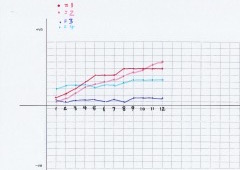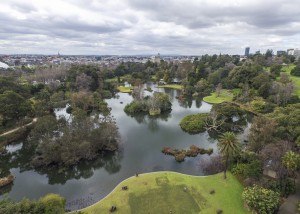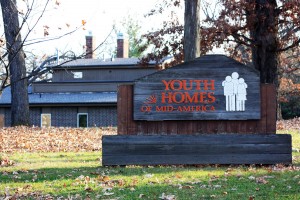During the first semester I have learnt a variety of aspects about media and the role it plays within our society. The various ways in which I learnt about media include :
- using the blog to analyse readings and reflect on material.
- studying the academic readings posted on mediafactory.com each week.
- developing media content for project assignments.
- attending the tutorials and the lectorials.
- learning computer programs to make effective media.
- keeping informed on current issues within the media industry.
- watching Mediawatch on ABC each week.
- analysing different forms of media in everyday life.
Before I started the course I wasn’t really sure which direction I wanted to head towards when it came to developing media content. But now I am definitely more inclined to the idea of producing media as a visual means more than anything else. The self portrait projects were an effective way for me to learn the process of creating a certain visual media. It also made me realise that certain skills have to be learnt and attained outside of the course structure. I really enjoy using modern technology to make media more effective. I plan to learn more computer programs to give myself an edge when it comes to producing media content.
I must admit some of the academic readings were quite a struggle to get through. I found myself googling a lot of the academic terms in reference to the media studies, although some of the readings were quite interesting and helped broaden my knowledge of media in general terms. The annotated bibliography exercise made me reach a better understanding of mediums and how it will take shape in the future. I used to be quite pessimistic about journalism as a career with so many newspapers in decline. But studying this subject has helped me open my eyes to the future opportunities that this profession has. Another challenging aspect for me is trying to find the right balance between work and studies. I would love to focus more time on studying but I also have to earn an income to survive. There are just not enough hours in a day for me. Better time management is definitely something that I will have to focus on in the future.
I am enjoying this course and finding it relevant to the sort of career I want to have in the future. It has been a great way in making contacts and networks with like minded people, especially when I worked on a short film with a fellow student. This was a great experience in learning about the production side of making short films. I definitely want to learn more about producing for short films and television. I joined RMITV to get more experience in this profession and have found there are plenty of opportunities available to learn more about this practice. I have also appreciated receiving feedback on some of my work as well in the tutorial classes. Overall this course has been a great experience so far and I am looking forward to the next semester.
This graph below is a reflection of my learning process throughout the 12 weeks.

1. How much have I learnt about making media objects/stories? (red)
2. What is my ability to work independently in unfamiliar ways or with new systems and tools? (pink)
3. How much do I understand and think critically and creatively about what I make? (purple)
4. What is my understanding of the role/value of the blog (aqua)







